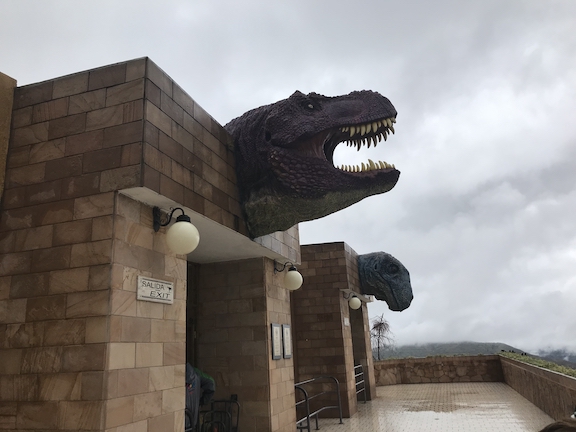Encounter the andes of Sucre & Potosi
Authentic Central American Experiences For Your Clients Request A Quote
“The White City,” Sucre is known for its stunning colonial architecture, university, and many cultural institutions.
Bolivia’s constitutional capital of Sucre is undoubtedly a sight to behold. Sucre stands at 2,800m and is Bolivia’s sixth most populous city. It was founded in 1538 as the City of Silver and was home to much of Bolivia’s wealthier classes involved in the country’s silver trade. It was also favored by Spanish colonists, who preferred its temperate climate. The city was laid out in a grid inspired by Andalusian culture, which is also reflected in its new, whitewashed buildings from the Spanish colonial period. Sucre is still the seat of Bolivia’s Catholic church, marking it out from La Paz, where the religion is a mix of paganism, Catholicism, and indigenous beliefs. The city center has been immaculately preserved and oozes colonial charm, with its red-tiled roofs, baroque churches, and leafy plazas enchanting visitors rather quickly. It is also easy to get from Sucre to Uyuni if you want to continue traveling the salt flats.
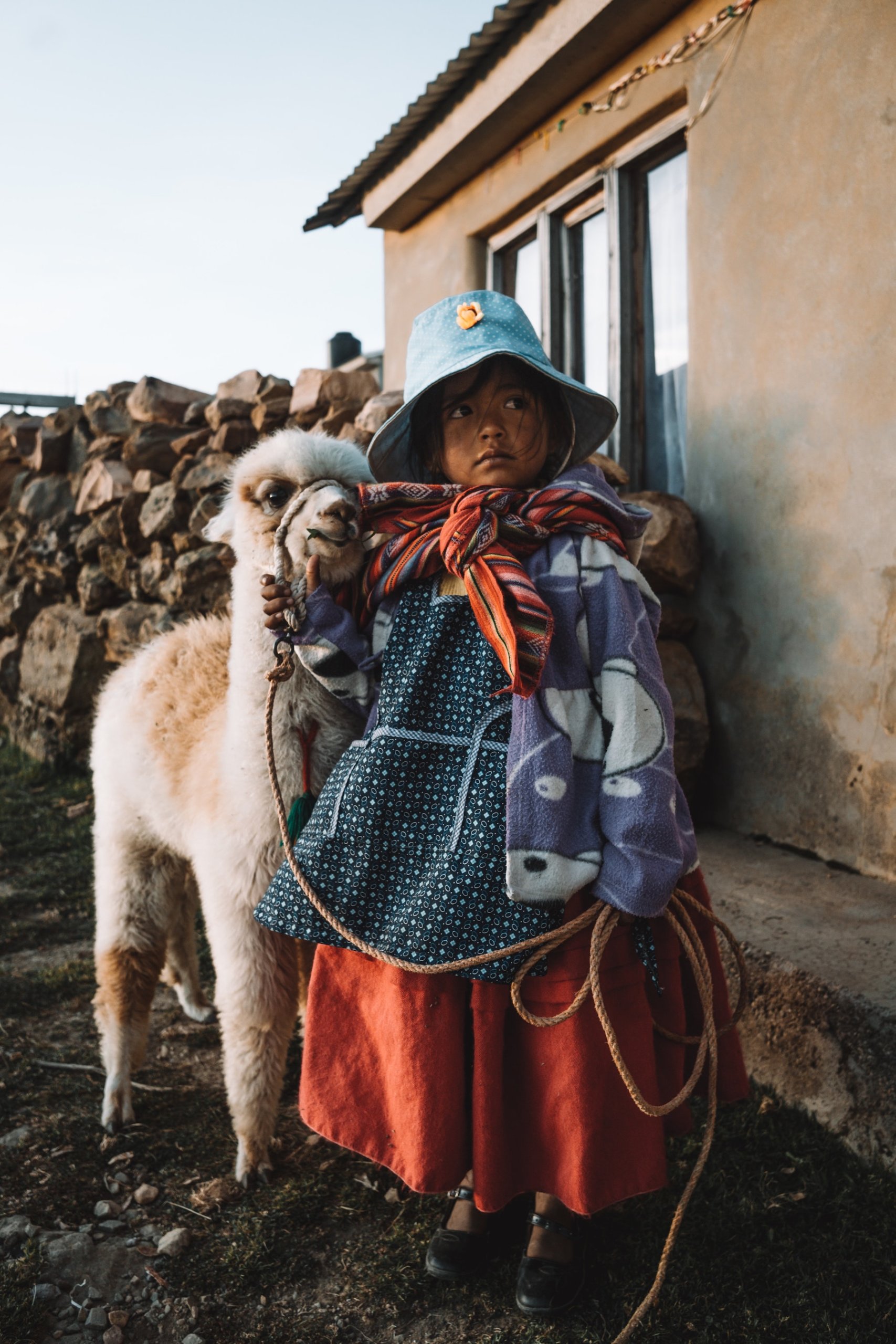
Colonial charm contrasted with mines at Potosi
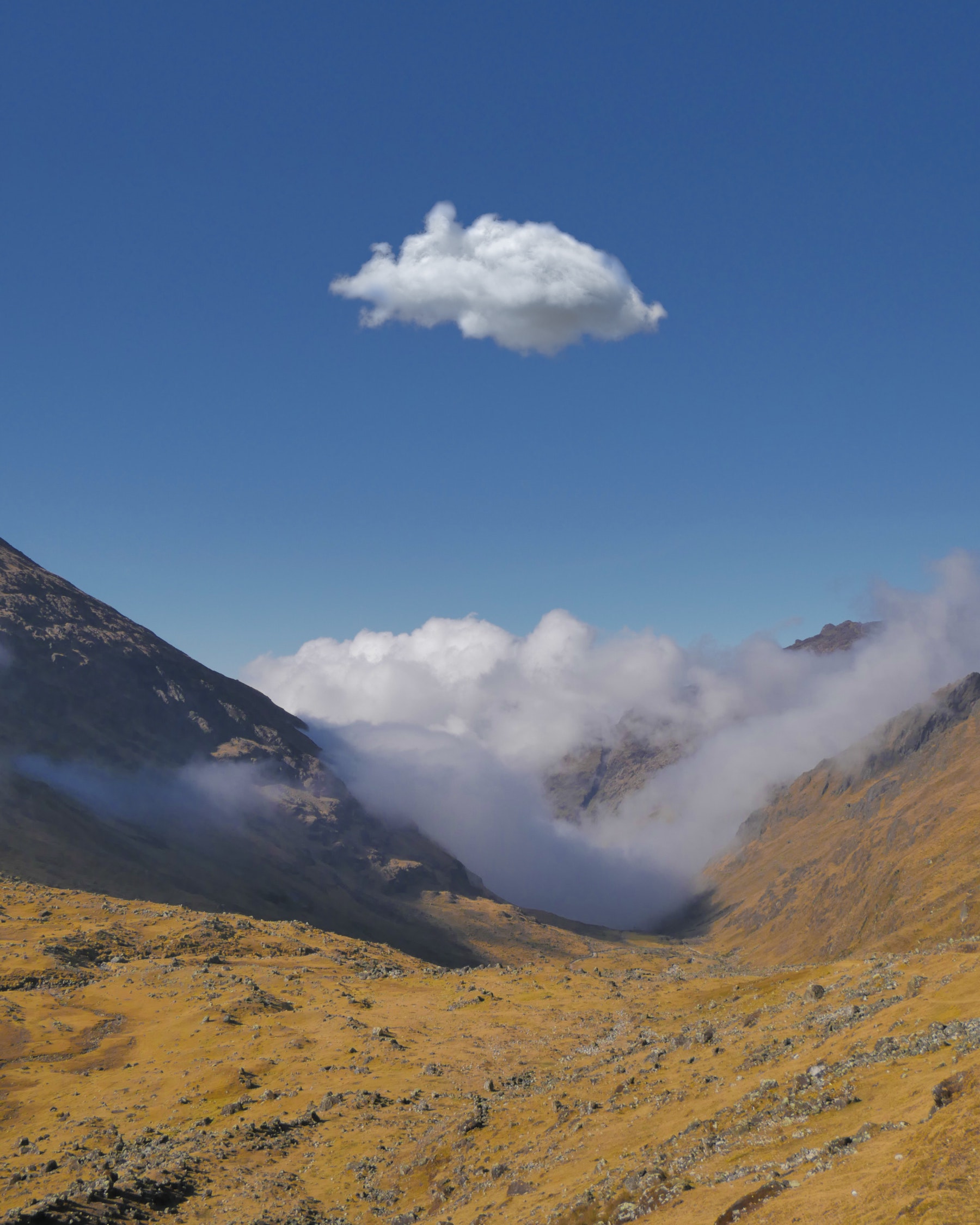
Potosi can be reached from Sucre via a long, dusty route that brings you to the world’s highest city, at 4,090m. Potosi embodies the rise and fall of Bolivia’s industrial history. What was once a thriving mining town is now a fascinating example of colonial decline peppered with many churches that line its cobbled streets. Potosi’s main focal point is the Cerro Rico, or Rich Mountain, a hill which was the epicenter of Bolivia’s Tin Belt and the source of the majority of silver that drew the Spanish to Bolivia initially. It is the world’s largest silver deposit and has been mined since the 16th century, but Potosi is no longer the industrial powerhouse it used to be. One of the biggest attractions for tourists in Potosi is a visit to the silver mines. This is not an experience for claustrophobia, as the cramped conditions can induce panic in some people. For others, this opportunity to go deep under the surface of the earth is one not to be missed. Guided tours are the best way to find out about the city’s incredible history; another must-see site in Potosi is the Museum of the Spanish Empire’s Royal Mint.
build your clients trip with our experts

WHAT NOT TO MISS IN
sucre and potosi
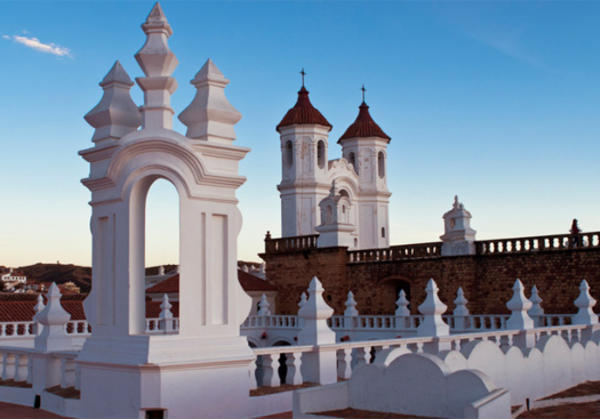
Sucre City center
Sucre is Bolivia’s most beautiful city, and the symbolic heart of the nation. It was here that independence was proclaimed, and while La Paz is now the seat of government and treasury, Sucre is still Bolivia’s judicial capital. Sucre is probably Bolivia’s most beautiful city, with its colonial whitewashed buildings, sheltering beautiful patio’s. Sucre was declared Unesco World Heritage Site in 1991.
Dinosaur Footprints
One of the world’s most extensive collections of dinosaur footprints. Over 5,000 footprints are positioned on the cliff of Cal Orck’o, just 5 km from the center of the city. With the construction of a dinosaur-themed park that includes a museum dedicated to the discovery, and a series of life-size dinosaur sculptures, including the massive titanosaurus, the footprints have been turned into a tourist attraction.

Tarabuco Market
2 hours away from Sucre, The weekly market takes place on a Sunday and is renowned for its locally made tapestries, bags, hats, jumpers and shawls, to stock up on beautiful fabrics, souvenirs and gifts. The market is a great opportunity to witness the Yampara people in their beautiful traditional dress while being a tad touristy, and to learn a little about the local indigenous culture.
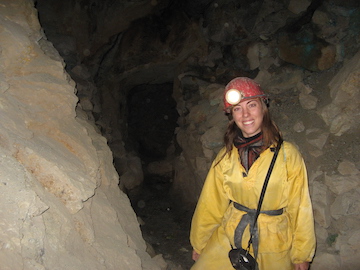
Visiting the mines of Potosi
A visit to the Cooperative Mines offers an opportunity to observe working conditions that are among the most grueling imaginable. All work is performed with primitive tools in the cooperative mines on Cerro Rico, and underground temperatures vary from below zero – the altitude is over 4200m. Most visits also visit a local market to buy gifts to give miners, as well as a stop at an ore refinery plant before entering deep into the mines.

Casa Nacional de la Moneda
The National Mint is the star attraction in Potosí and one of the finest museums in South America. There are a host of architectural treasures, aside from the elegance of the building itself, including a collection of religious paintings from the school of Potosí, to an 18th century piece La Virgen del Cerro, as well as the huge assemblies of wooden mule-driven cogs that served to beat the silver to the width needed for the coinage.

Museo de Santa Teresa
This fascinating convent was founded in 1865 and is still home to a small group of Carmelite nuns. There are numerous fine pieces, including a beautiful Madonna by the Castilian sculptor Alonso Cano. The building itself is as impressive as the works of art on display. It offers some insight into a cloistered culture that only really changed its character in the 1960s. The most famous Bolivian painter, Melchor Pérez de Holguín, is among the painters on show.
destination map

| Title | Address | Description |
|---|---|---|
La Paz | La Paz, Bolivia | Is the highest capital of the word, situated at just over 3,600m (2Mi). In La Paz the new customs of the Western world collide and coexist with the old customs of the Aymara and the Quechua. Hi-tech international banks and government offices rub shoulders with vibrant street markets that still play a central role in the lives of the indigenous. Read more… |
Lake Titicaca & Sun Island | Isla del Sol, Bolivia | The sacred and mystic Lake of the Inca is the highest navigable surface in the world. This magic territory harbors in its breast the archaeological complex of the oldest civilization on the continent. Venture to the visionary Island of Sun to admire the spectacular scenery and ancient Incan ruins.Read more… |
Uyuni Salt Flats | Uyuni, Bolivia | The brightest spot on earth visible from space, this white salt desert hosts many natural wonders: fascinating colored lagoons, exotic rock formations, a diversity of animals, intact natural environment, volcanic craters and fumaroles blowing steam reaching up to 100 meters in height… Prepare to be amazed! Read more… |
Santa Cruz | Santa Cruz de la Sierra, Bolivia | Santa Cruz is hugely popular as a place to visit or live because of its tropical desert climate created by its low-lying location and sunny skies year-round. This developed city is a fascinating mix of old and new, with high rise buildings that define the skyline juxtaposed with colonial churches and administrative buildings at the street level. Read more… |
Andes – Sucre & Potosi | Sucre, Bolivia | “The White City” of Sucre has been immaculately preserved and oozes colonial charm with red-tiled roofs, baroque churches, and leafy plazas. Potosi embodies the rise and fall of Bolivia’s industrial history. Once a thriving mining town, it is now a fascinating example of colonial decline peppered with church lined cobbled streets. Read more… |
Bolivian Amazon | Pampas, Bolivia | Two areas to visit in the Bolivian Amazon: The Pampas & Jungle. The pampas may not be seem like a typical “Amazon experience”, a wetland savannah bordering the Amazon basin. In the Amazon jungle, hosts a number of activities like jungle treks, piranha fishing, cultural encounters with communities, and botanical medicines.Read more… |
Depending on your client’s preferences, we can help you determine the best experiences tailored for your clients. From where to visit, when to go, what to do and how to get there safely, our travel experts will help you create an experience your clients will love.
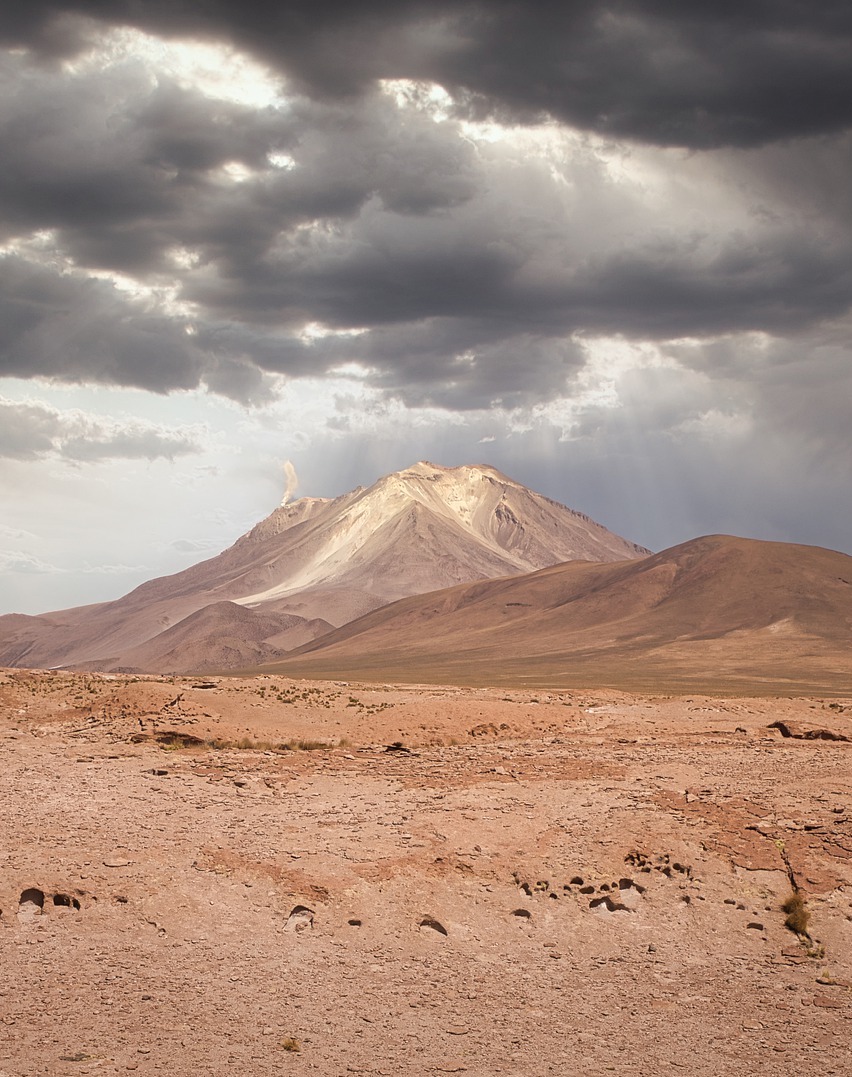
Best times to visit Sucre & Potosi
Sucre can be visited at any time of the year, but perhaps the best time to go is between the wet and dry seasons, so on either side of them in September/October or in April. Bolivia is known for its unique celebrations and festivals, and the Virgen de Guadalupe festival happens on September 8th, allowing you the opportunity to see Bolivia’s cultural expression in full flow, with parades, folkloric dances, and street parties.
Potosi’s high altitude means that it is quite cold all year round, especially in the evenings and at night. It is warmer from October to March but drier from April to May, so this may affect your decision when to travel. February sees the Miners Festival take place, and over a week, statues taken out of the mines are placed in a sacred square, and many celebrations and festivities take place in the streets. If you want to see some traditional Bolivian rituals, come at the end of June or the end of August, when the Fiesta del Espiritu, a celebration of the deity Pachamama, or Mother Earth, takes place.
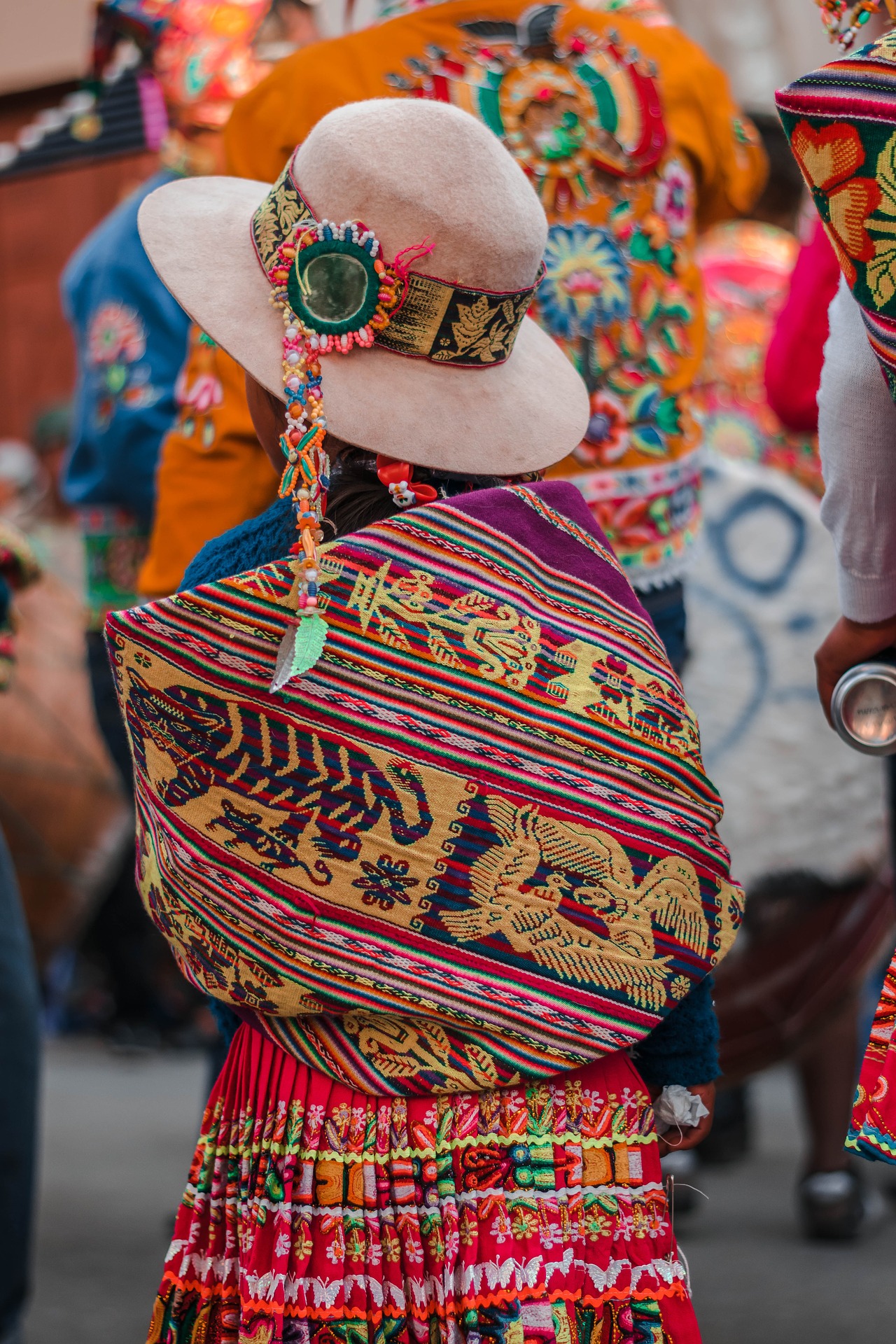
practical information
HOW TO GET THERE
There are daily flights from several Bolivian cities, including La Paz, Santa Cruz, and Cochabamba, to Sucre’s Aeropuerto Juana Azurduy de Padilla located about 5km outside the town. Suppose you are coming from a destination outside Bolivia. In that case, you will usually stopover in La Paz or Santa Cruz, but all internal and regional flights and transfers will be arranged for you as part of your itinerary. Potosi is accessible by bus, which arrives from Sucre, Uyuni, or other Bolivian destinations to the Terminal de Buses on Avenida Universitario. Bus services can be long and unpredictable, but this is all part of the authentic Bolivian experience.
INFRASTRUCTURE
Sucre is great to explore on foot, but it is also easy to find local taxi’s. The best way is to ask your hotel or the restaurant to call you a taxi, that way you make sure your ride is safe and you are paying the right price.
if you want to explore Sucre’s surroundings, it is best to book a tour and to go with a guide.
WHERE TO STAY
Sucre has some extraordinary colonial buildings that have been converted into comfortable hotels, and many are located close to the main square. There is also a wide selection of mid-scale and budget accommodation, so there is no shortage of places to stay in Sucre. There is also a great selection of food on offer, whether you want to eat in a restaurant or grab something on the go at a food stall. There are typically set menus for breakfast and lunch, and a typical quick eat is a salteña, a traditional hand-held pie.
By contrast, Potosi has more limited options for lodging and dining, and eating may be made more difficult by the high altitude, so opt for lighter meals instead of more massive plates. Make sure to bring warm clothes with you for the cold nights, and ask at your hotel for extra blankets on your arrival, as many foreigners experience the cold more keenly than locals.

More highlights of Bolivia
With eight local offices in Latin America, we have the perfect base to help you build the perfect trip for your clients. Unrivaled experience with a wide selection of bed & breakfasts, small posadas, unique boutique hotels and world class luxurious lodging.

